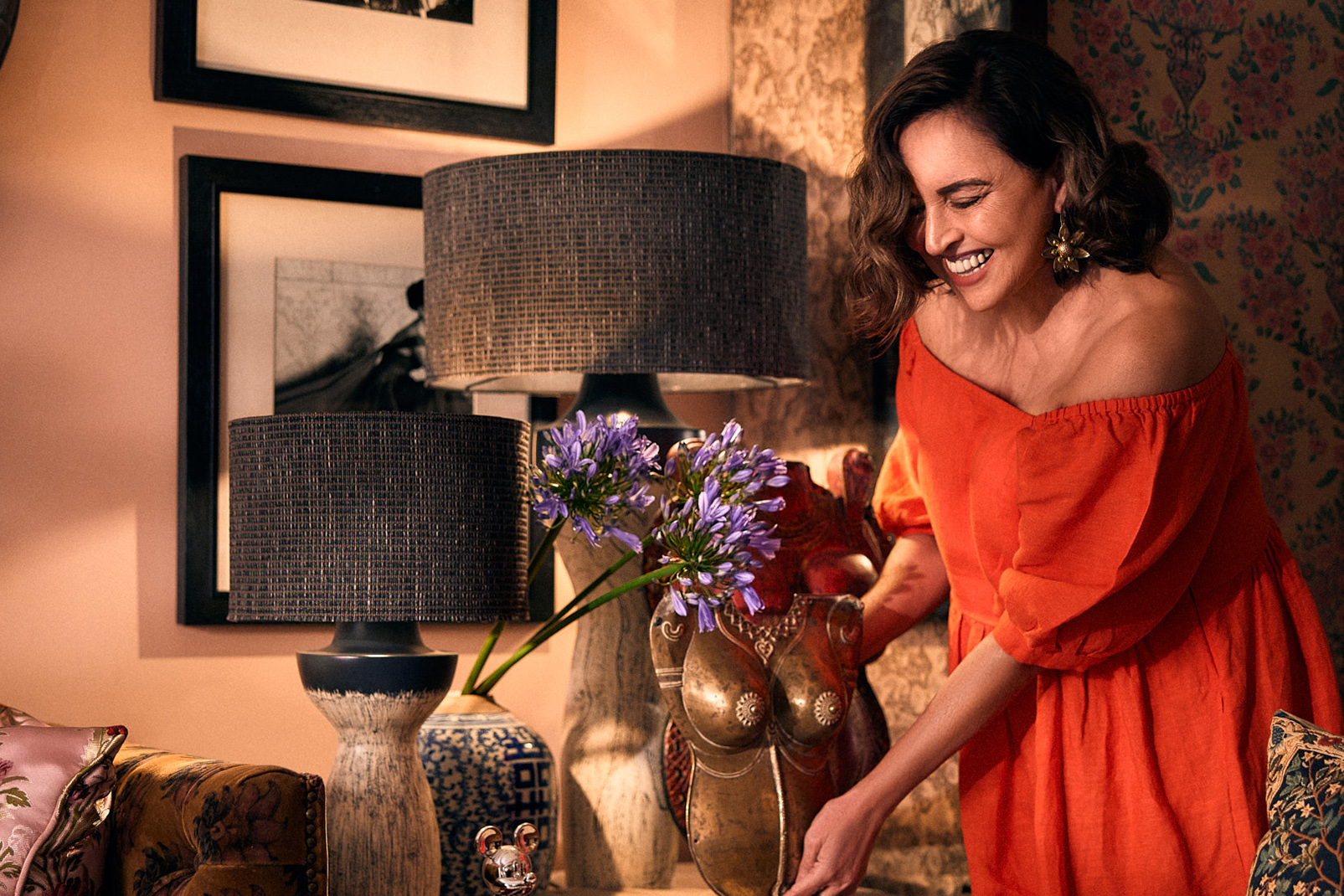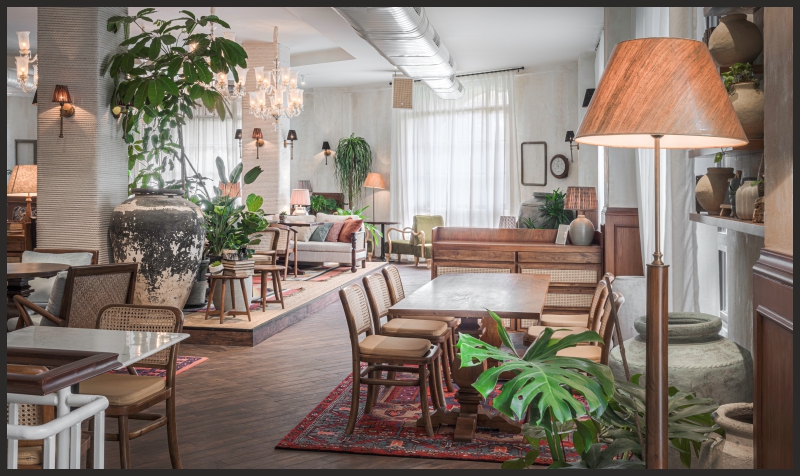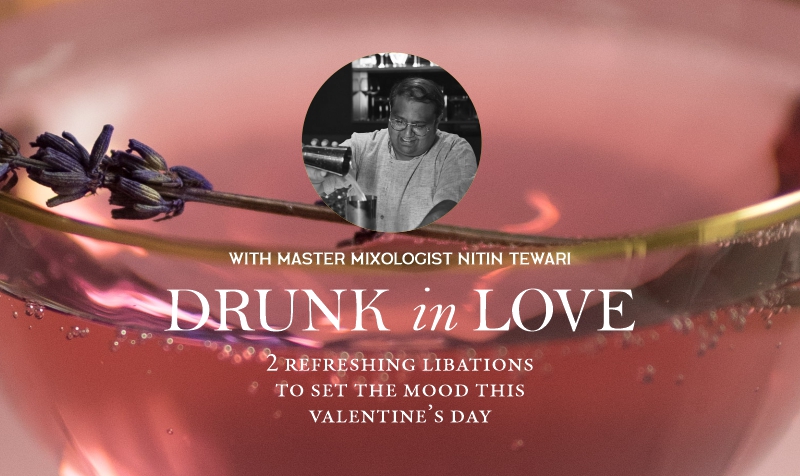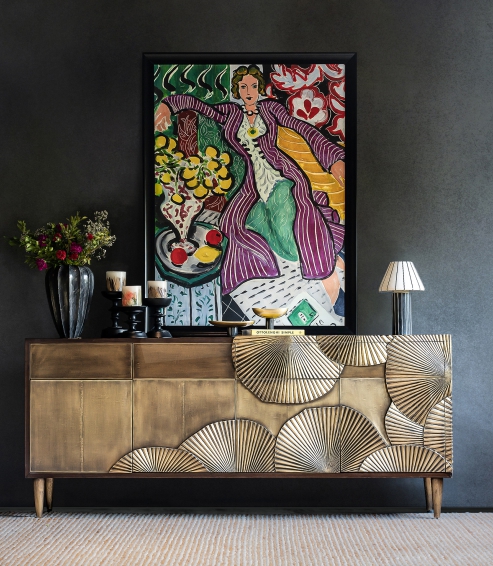We use cookies to make your experience better. To comply with the new e-Privacy directive, we need to ask for your consent to set the cookies. Learn more.
REEL LIFE – PART I
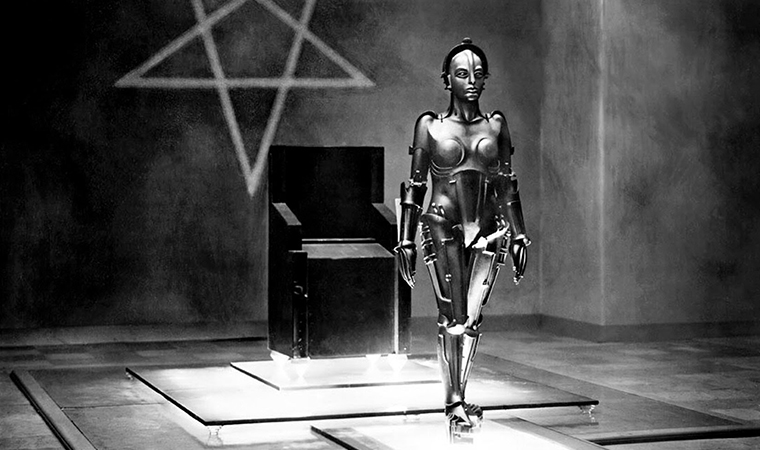
In the age of high-definition 4D graphics and the green screen, it is difficult to imagine life in the era of ‘real’ set design. Yet, the ambitions and imaginations of early 20th century filmmakers continue to amaze us, just because they were so ahead of their times. The precision and detail with which these mad geniuses tackled the various visual aspects of cinema have influenced the way the world has seen things thereafter. Painting a psychedelic spectrum through black and white, the meticulously crafted sets of the pre-colour decades truly depicted more than 50 shades of grey. Aided by elementary but beautiful special effects and framed by spectacular camerawork, these silent films and early talkies from the other side of 1950, set the bar of production design sky-high, right from the start. Our list of monochromatic epics demands the reverence of all.
METROPOLIS (1927)
Director: Fritz Lang
Art Directors: Otto Hunte, Erich Kettelhut, Karl Vollbrecht.
The Guardian called it ‘the granddaddy of sci-fi movies’. Director Fritz Lang, during his first visit to New York City in 1924, conceived the idea of this silent-era masterpiece, inspired by clusters of concrete skyscrapers against the steely sky, made ominous by the glaring lights. The German expressionist film portrays a futuristic urban dystopia, juxtaposing the lavish lives of the wealthy and the pitiable plights of the working class. Elaborately designed, the distinctive sets are an eclectic mix of Cubist, Bauhaus and Art Deco, with a strong dose of Futurist influences. The cityscape is shaped by spires, towers, skywalks, skyrails, an Olympian stadium and pleasure gardens for the elite; the proletariat dwells within dreary catacombs and factory walls. Extremely detailed and enhanced by special effects that were very advanced for their time, this visually spectacular epic has inspired several genres within cinema, and also served as a reference for photography, design, architecture and graphics for almost a century.






SPELLBOUND (1945)
Director: Alfred Hitchcock
Art Director: James Basevi
Special Sequences: Salvador Dali
Nominated for six and recipient of one Academy Award, this psychological thriller from the master of the macabre, Alfred Hitchcock, was topically and visually forward for its time. With psychoanalysis as its core subject, the film explored the realms of both the real world and the subconscious landscape. Spellbound was widely acclaimed for two reasons – the first being the handling of such a complex topic, and the second being a special ‘dream sequence’ conceptualised and designed by Salvador Dali. This iconic collaboration saw the surrealist champion’s signature elements come to life in a vivid blend of set design, animations and special effects. ‘Eyes’ was a recurring motif, omnipresent in giant clusters and as sinister singles; a masterful play of light and shadow heightened the drama. While Hitchcock gave Dali a free hand to illustrate the particular segment, budget cuts did not allow the execution of the artist’s original vision. A rift between the director and producer David O Selznick resulted in a large part of this sequence being given the chop, and only an edited version being released.






BEAUTY AND THE BEAST (1946)
Director: Jean Cocteau
Production Designers: Christian Bérard, Lucien Carré
Set Decorators: Lucien Carré, René Moulaert
Amidst many difficulties and setbacks, director Jean Cocteau filmed and released this classic in post-war France – as an illusory respite from reality, and also as a grown-up adaptation of a children’s fairy tale. The darkly opulent rendering of the magical saga is a visual treat, with costumes, sets, camera tricks and special effects so beautiful, that it marked a triumph for filmmaking at its time, especially due to the challenging circumstances under which it was crafted. Many scenes bear a striking resemblance to the illustrations and engravings of Gustav Doré; the lugubriously lovely celluloid translation of 18th century fantasy fiction channels the artist’s spirit. The sets are a blend of Neoclassical French, Rococo and Gothic styles, with inserts of artsy macabre, the most memorable being the hallway of candelabras held by living arms and the lavish feast tables laden with smoke, stone, fur and blood. Striking sculptures, distorted busts, masses of fabric and light play border on surrealism. The mesmerising eeriness that enveloped the audience 70 years back, still lingers on like the best old perfume.






TOP HAT (1935)
Director: Mark Sandrich
Art Director: Van Nest Polglase
Tinseltown luxe at its finest. One of the most stylish films of its time, this widely popular musical made statements not just because of its dance routines, but also its stunning sets. Each frame was picture perfect and impeccably manicured, drawing wishful sighs from the audience with visuals of satin sheets and goose-feather pillows. The setting did not call for authentic interpretations of architecture or even places; the ‘outdoors’ were studio recreations with artistic liberties. It was all a heady concoction of several schools of art, blended in the glossy Hollywood style of the times, splashed with generous doses of Art Deco from start to finish. Nominated for an Academy Award for best art direction, Top Hat became a glamorous trendsetter not just for cinema, but also for fashion, décor and interiors. Larger than life and too pretty to be real, the set design was a series of representations of fantasies, all built with a ‘stage’ feel, keeping in mind the choreographies. From reflective floorings to shimmering candlestands to plush sofas to quaint balconettes – everything was buffed, polished, perfect. Much like a catalogue: the dazzling Deco dream.






CITIZEN KANE (1941)
Director: Orson Welles
Art Director: Van Nest Polglase
Set Designer: Darrell Silvera
Devotees have, for long, dubbed it as the greatest film of all time. For good reason: this cinematic masterpiece was nothing short of a revolution on many counts at the time of its release. Though not a commercial success, it was critically highly acclaimed and received nine Academy Award nominations. The biopic examines the life and legacy of an American newspaper magnate and his transition from an idealistic social citizen to a ruthless pursuer of power. Hallowed for his ‘deep focus’ technique that allowed incredible depth of field, cinematographer Gregg Toland, with his brilliant use of the camera, gave gravitas to the sets. Citizen Kane is the best example of production design and camerawork being in perfect tandem, of one complementing the other, and of synchronised planning. Many backdrops were created taking into account the low camera angles that would make the actors and set elements appear towering or intimidating. Heavy symbolism runs throughout the background components. This kind of visual narrative gives several scenes iconic status. Xanadu seen through massive iron gates and the campaign scene at Madison Square garden are two of the most striking visuals from all of black-and-white cinema.






